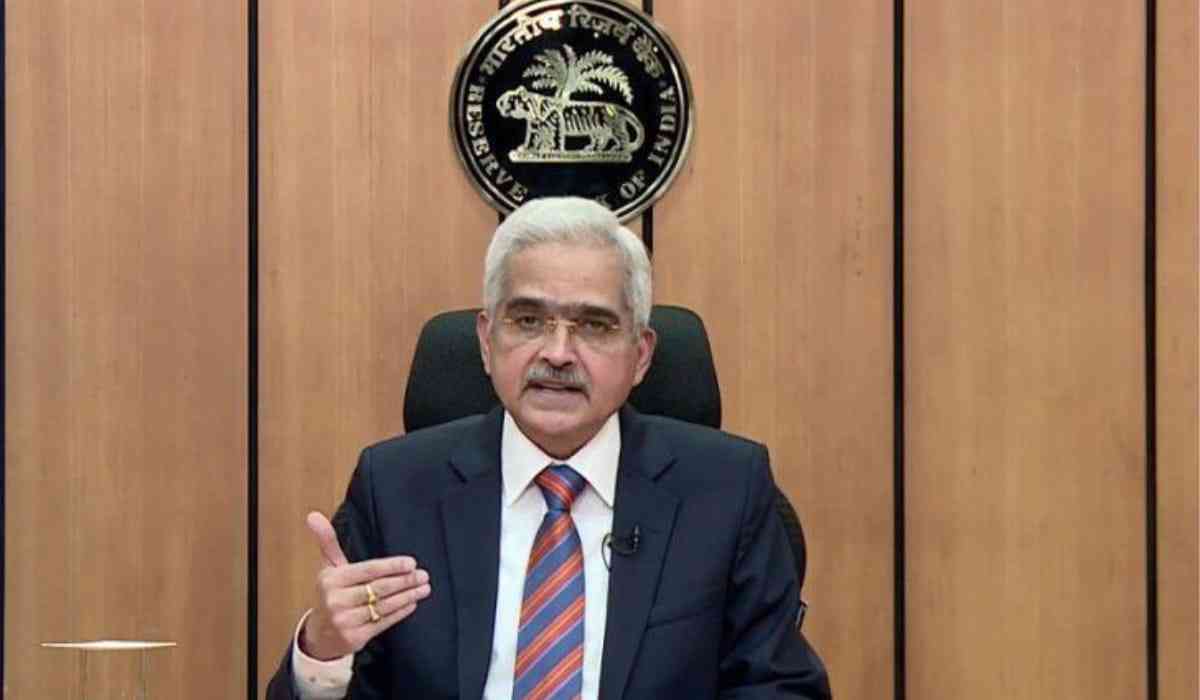Governor of the Reserve Bank of India (RBI) Shaktikanta Das stated that financial institutions should not lend excessively, take risks into consideration when pricing loans, and not rely too heavily on analytics-based lending when working with fintech companies.
According to Das, stress testing of financial records is a necessary practice for banks, non-banking financial firms (NBFCs), and other financial organizations.
There might not be any urgent reason to be concerned right now. However, banks and NBFCs would be well advised to take certain preventive measures to stay on top of things," he stated at a gathering hosted by the Indian Banks' Association (IBA) and industry lobby Ficci.
Days after the RBI decided to raise risk weights on consumer loans and loans to NBFCs in an effort to cut down the rise of unsecured lending, the governor made his speech. The regulator has been warning lenders about the hazards associated with such unrestrained development, and Das stated on Wednesday that these steps were preventative rather than reactive.
Certain unsecured loans—those without collateral—have grown at a rate significantly faster than credit as a whole. September saw a 30% year-over-year increase in credit card debt, a 25% increase in other personal loans, and an 11% increase in consumer durable loans. According to RBI data, there was a 20% increase in bank loans overall during that time.
Das delineated four areas of apprehension concerning the expansion of credit: the durability of growth, the connections between banks and NBFCs, the cost of loans offered by MFIs, and excessive dependence on analytics.
First, even if the growth of credit is quickening, banks and NBFCs need to make sure that it is sustainable at the sectoral, sub-sectoral, and overall levels. Lenders should concentrate more on their liability side and improve their asset liability management.
Second, Das stated that careful consideration is necessary due to the NBFCs' growing significance and their increased interdependence with banks. Banks are most exposed to non-bank financial companies (NBFCs), which are significant net borrowers of funds from the financial system. He noted that banks are important purchasers of the debentures and commercial papers that NBFCs issue, and that NBFCs simultaneously have borrowing arrangements with a number of banks.
Third, Das asserted that MFIs need to exercise caution while determining loan prices. According to him, MFIs must consider the affordability and repayment capabilities of borrowers because they cater to underserved populations.
Fourth, Das also issued a warning to lenders not to place undue trust in the risk models of tech-driven companies involved in lending partnerships. He stated that while more banks and NBFCs are working with fintechs to introduce new goods and services, model-based lending through analytics needs careful consideration. He warned lenders against operating their lending models exclusively on the basis of pre-established algorithms.
These models ought to be reliable and subjected to frequent testing and retesting. Due to information gaps in these models, there is a need to be cautious about any excessive risk accumulation in the system that could result in a dilution of underwriting requirements, Das stated.
PIC SOURCE-X
Ⓒ Copyright 2023. All Rights Reserved Powered by Vygr Media.

























